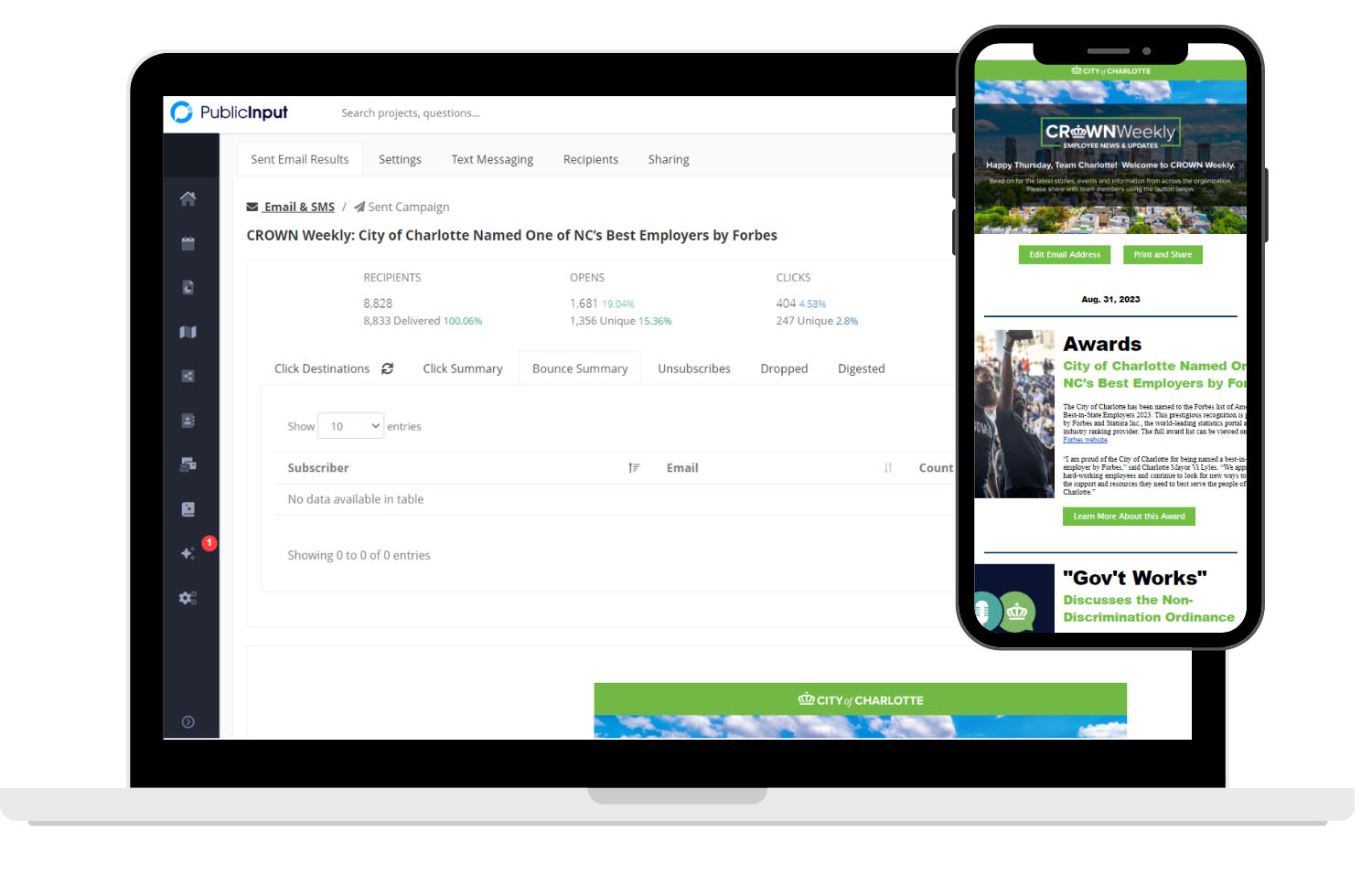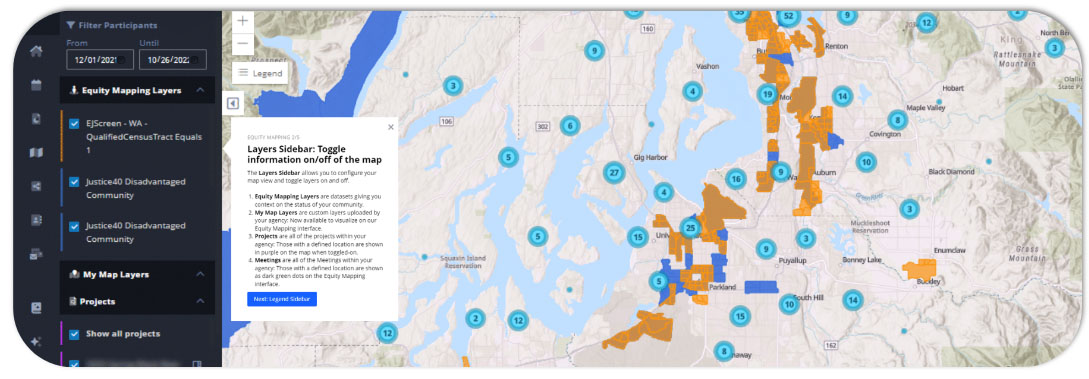Inclusive Outreach
A willingness to listen is not the only ingredient needed for inclusivity. Understanding your audience and the environment are critical to lowering barriers and providing opportunities for education and engagement.
Community engagement strategies should seek to inform the decision-making process using the collected community insights and information. Inclusive outreach should also be proactive and flexible in addressing unexpected challenges that work to misalign community values from plans for the future.
Let’s take a closer look at some practical ways state and local governments can increase inclusion in their outreach efforts.
Community Engagement and Social Characterization
Any good community engagement strategy should start with a “social characterization.” This proactive effort involves the processes of collecting, and analyzing the issues and behaviors of the targeted community or project area.
Social characterization helps develop an understanding of the community most impacted by decision-making by compiling existing community insight with available data resources, (like U.S. Census data). Once compiled this data becomes the baseline insight and understanding of a particular geographic area.
Establishing this baseline is critical to deploying a meaningful and sincere outreach strategy with the community.

Turning Insight into Action
The PublicInput integrated CRM is a living dashboard that stores historical data over time and across projects. Designed to help state and local governments move past data collection to actionable tactics, CRM automatically synchronizes your data to develop a deeper understanding and segmentation after each interaction.
Context Analysis
Inclusive outreach paves the way towards a mutual understanding between government and the community. This understanding is reliant on the management of expectations, development of trust, and the existence of transparency into the government process.
Before inclusive outreach can occur, state and local governments must understand context. This contextual analysis involves evaluating the macro level trends and drivers impacting the state, local, and/or regional conditions.
A practical starting place for identifying these conditions may include using a PESTEL analysis to examine the Political, Economic, Social, Technological, Environmental and Legal conditions of a project area.
Understanding these conditions, trends, and drivers will be critical in developing relevant and effective outreach messaging for the community.

Two-Way Communication Made Easy
PublicInput makes outreach and engagement easy. State and local governments can expand their reach using a mix of communication channels to spread the word. Whether it be supporting emails with flyers, advertising an upcoming engagement initiative on a local news broadcast, or making use of established community ties by partnering with local organizations.
Stakeholder Identification
Once outreach has occurred, the most practical use for all of this data is in stakeholder identification. This identification process includes both the understanding of who the stakeholders are as well as where they are physically located.
At this stage you are able to define your target population based on socio-economic and demographic characteristics. Refinement of the stakeholder groups (those who stand to be either positively or negatively impacted by project decision-making) will highlight potential equity and inclusion challenges and opportunities associated as well.
Using mapping technology to overlay these characteristics will be important to developing (and visualizing) the first iteration of an inclusive outreach strategy. Ideally, this outreach strategy will not only define a target population, but will also include accommodations for the geographic and demographic differences inherent in the project area(s).

Visualize Your Stakeholders
PublicInput Equity Mapping helps state and local governments visualize participant data overlaid with custom environmental and socio-economic data specific to your community or project area.
Opportunities for Equity & Inclusion
One of the most efficient ways to supercharge community engagement strategy is by using digital tools and technology that provides ways to reach beyond the usual voices and lowers the barriers to participation.
Unify Your Community Engagement Approach
The Publicinput Engagement Hub powers a holistic set of solutions to help state and local government community engagement work is built, facilitated, and analyzed.
The PublicInput platform offers a variety of tools and tactics to help state and local governments with these efforts:
-
-
- Online community engagement portals for residents to find projects, meetings, and information (see one live HERE)
- Survey and interactive mapping tools
- Synchronized project email inboxes and voicemail hotlines
- Text message and email notifications
- Social media comment capture and targeted promotion
- Automated and customizable translation tools
- A census-integrated reporting and analysis suite
-
Want to learn more about how best to engage with community members from a resident perspective? Check out our new 2023 Resident Engagement Survey Results Report today.




